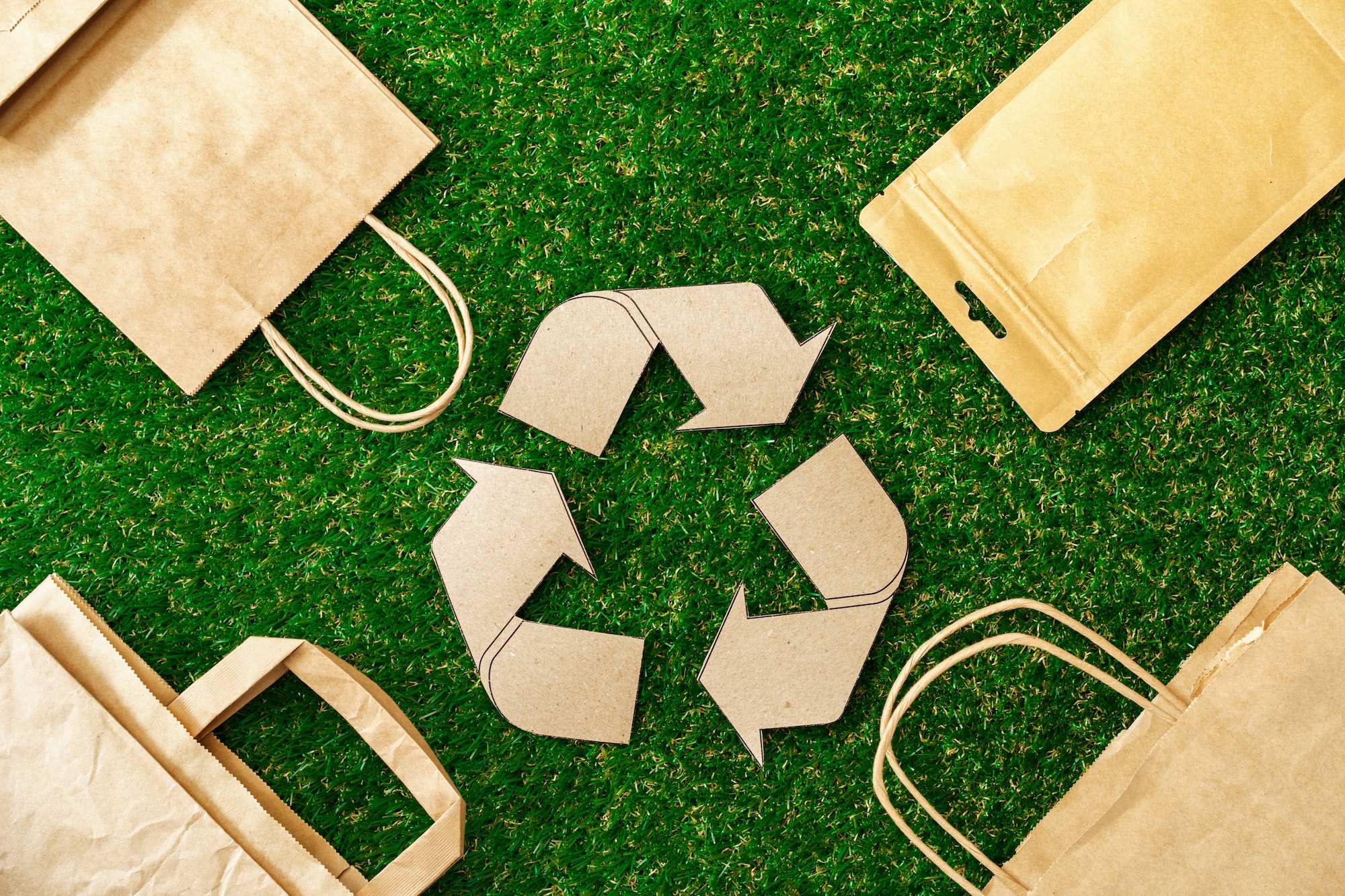The interior design industry has seen a significant shift in recent years, with a growing emphasis on sustainability and environmental consciousness. As experts in the field, it is crucial to stay informed about eco-friendly materials, practices, and trends to better serve our clients and reduce our carbon footprint. In this comprehensive guide, we will explore ways to incorporate sustainable and recycled materials into your interior designs, creating spaces that are both stylish and environmentally friendly.
Choosing Sustainable Materials for Your Interior Design Projects
Incorporating sustainable materials into your design projects is an excellent way to show your commitment to environmental responsibility. By selecting eco-friendly materials, you not only reduce your environmental impact but also create healthier spaces for your clients. Here, we will delve into some popular sustainable materials and their benefits.
Wood and Bamboo: Renewable Resources
Wood has long been a staple in interior design, favored for its natural beauty and versatility. However, not all wood is created equal in terms of sustainability. When selecting wood for your projects, look for options from certified sustainable sources, such as those with Forest Stewardship Council (FSC) certification. This ensures that the wood is harvested responsibly and does not contribute to deforestation.
Bamboo is another renewable material that has gained popularity in recent years due to its rapid growth rate and strength. As a grass, bamboo can be harvested every few years without causing damage to the ecosystem. Both bamboo and sustainable wood can be used for flooring, furniture, and accents, adding warmth and character to your designs.
Natural Textiles: Minimizing Synthetic Waste
Many conventional textiles, such as polyester and nylon, are derived from non-renewable resources and produce significant amounts of waste during their production. In contrast, natural textiles are made from renewable resources and tend to have a smaller environmental footprint. Some examples of eco-friendly textiles include organic cotton, linen, and hemp.
Organic cotton, in particular, is an excellent choice for upholstery and soft furnishings, as it is grown without the use of harmful pesticides and chemicals. Linen and hemp are both durable and versatile, making them suitable for a variety of applications, such as window treatments and rugs.
Recycled Materials: Giving New Life to Waste
Utilizing recycled materials in your designs is an effective way to reduce waste and lower your carbon footprint. Many products are now available that are made from post-consumer or post-industrial waste, such as recycled glass, reclaimed wood, and recycled metal. These materials can be used for countertops, tiles, and furniture, offering unique and eco-friendly alternatives to traditional options.
Eco-Friendly Furniture: Combining Style and Sustainability
Furniture plays a significant role in defining the aesthetic and functionality of an interior space. By selecting eco-friendly furniture, you can ensure your designs have a minimal environmental impact while still meeting your clients’ needs.
Sustainable Manufacturing: Reducing Environmental Impact
When choosing furniture, look for manufacturers that prioritize sustainability in their practices. This includes using sustainable or recycled materials, employing energy-efficient production methods, and minimizing waste. Researching the company’s environmental policies and certifications can provide valuable insights into their commitment to sustainability.
Durability and Timelessness: Investing in Longevity
One of the most effective ways to reduce waste and environmental impact is to invest in high-quality, durable furniture that will stand the test of time. By selecting well-crafted pieces with timeless designs, you can minimize the need for frequent replacements and reduce the overall demand for new furniture production.
Energy-Efficient Lighting: Illuminating Spaces Responsibly
Lighting is an essential component of any interior design, influencing mood, functionality, and energy consumption. By incorporating energy-efficient lighting solutions into your designs, you can help your clients reduce their energy usage while still creating a comfortable and well-lit environment.
LED and CFL Bulbs: The New Standard in Lighting
Both LED and compact fluorescent (CFL) bulbs offer significant energy savings compared to traditional incandescent bulbs. In addition to their energy efficiency, these bulbs also have longer lifespans, reducing the need for frequent replacements. By selecting fixtures that are compatible with LED or CFL bulbs, you can ensure your clients’ spaces are well-lit without compromising sustainability.
Natural Light: Harnessing the Power of the Sun
Maximizing natural light is another way to reduce energy consumption and create a welcoming atmosphere in your designs. Incorporate large windows and skylights, and consider using reflective surfaces such as mirrors and light-colored finishes to help bounce light around the space. By prioritizing natural light, you can create bright and inviting spaces that minimize the need for artificial illumination.
In Conclusion: Embracing Sustainability in Your Decor
Incorporating eco-friendly and recycled materials into your interior design projects is a responsible and forward-thinking approach to creating beautiful, sustainable spaces. By considering the environmental impact of your materials, furniture, and lighting selections, you can help reduce your carbon footprint and contribute to a healthier planet. As interior designers, it is our duty to stay informed and adapt our practices to prioritize sustainability, benefiting both our clients and the environment. Embrace these sustainable design principles and continue to innovate and inspire with your environmentally friendly creations.


